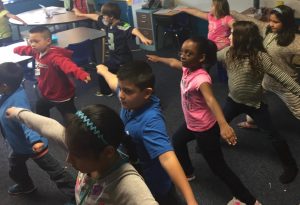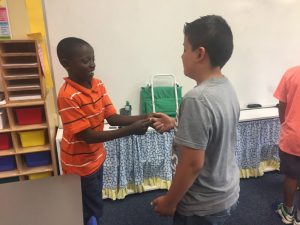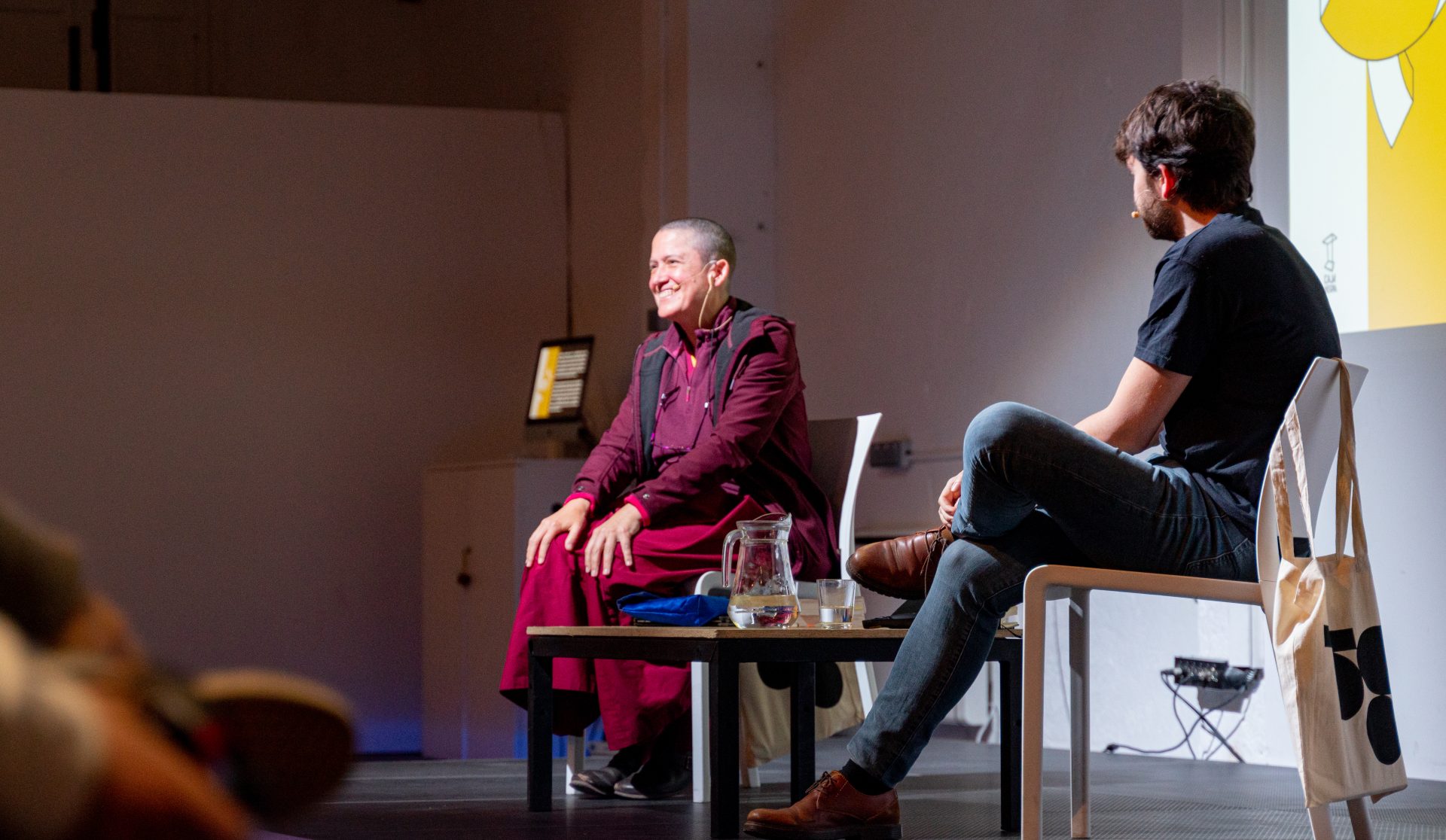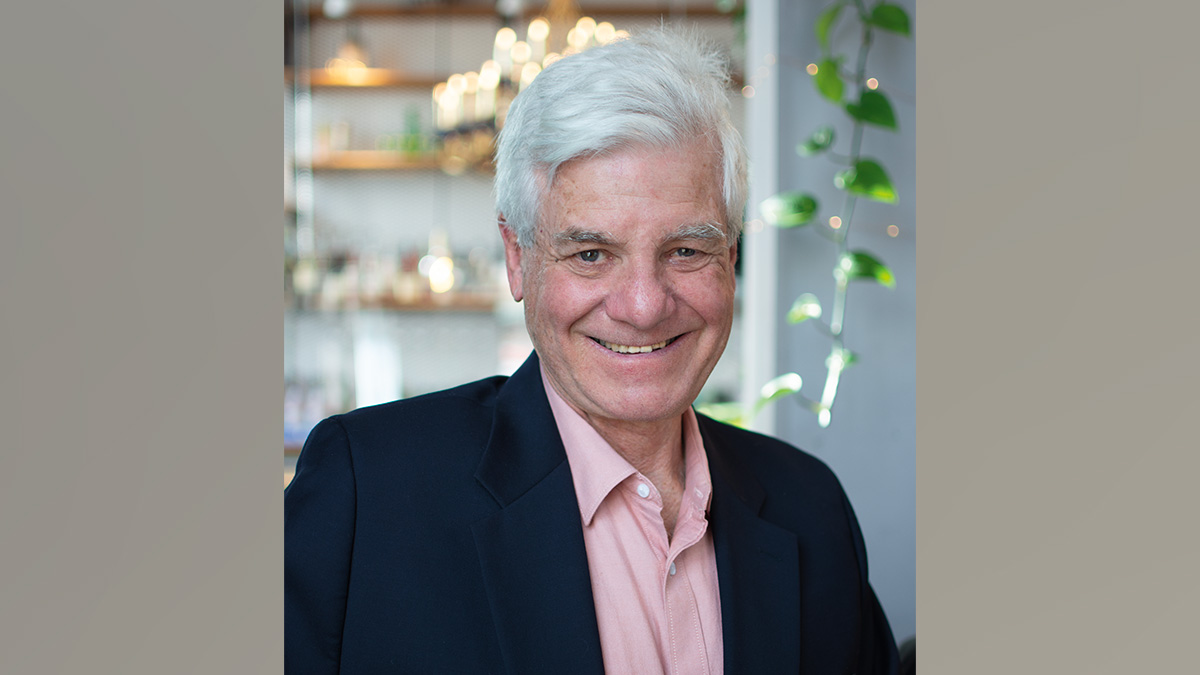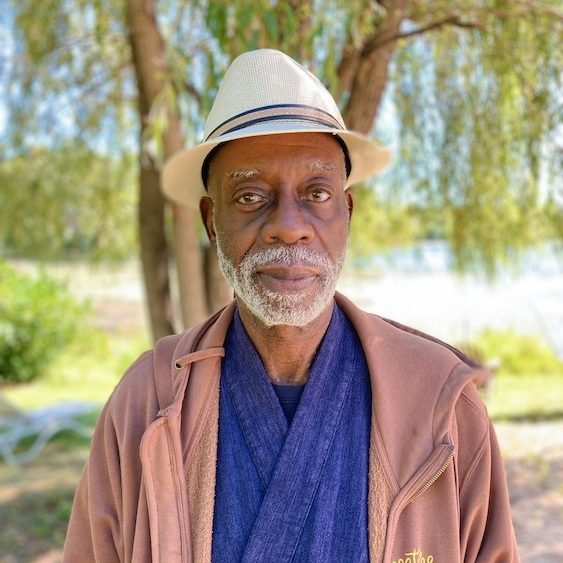Yoga Calm Fundamentals: A More Holistic Approach to Physical Education
Physical education is a crucial part of a child’s overall education. It presents limitless opportunities for instilling healthy habits while supporting their growth and cognitive development. Yet ask a random group of adults what they remember about PE class,...

Physical education is a crucial part of a child’s overall education. It presents limitless opportunities for instilling healthy habits while supporting their growth and cognitive development.
Yet ask a random group of adults what they remember about PE class, and you’re apt to hear more than a few horror stories. Being chosen last for team sports. Being mocked on the field or teased in the locker room. Every day dreading the 50 minutes devoted to gym.
Judging from the title of an article over at The Atlantic, it seems not much has changed – at least in some schools around the nation: “Gym Class Is So Bad, Kids Are Skipping School to Avoid It.”
A Mandate Falls Short of Its Goals
The evidence supporting that headline came courtesy of a working paper on a Texas state PE mandate, intended to improve fitness, academics, and behavior. Not only did they see no significant improvement; “they found that the program…actually had detrimental effects, correlating with an uptick in discipline and absence rates.”
Bullying was one significant reason for this.
Students are more likely to be bullied in middle school than at any other point in their academic careers, and P.E. presents a particularly ripe opportunity for abuse, whether because the class forces them to use a locker room, where adult supervision is limited, or because it facilitates the teasing of overweight or unathletic kids.
Another factor? Many physical education programs take a superficial approach,
conceiving of physical activity as little more than a timed run around the track, for example, or a game of kickball—and this results in worse offerings. And then, when students feel forced to take these basic offerings, they may resent the classes more than they would otherwise.
Movement Throughout the Day
What’s needed, the Atlantic article suggests, is a more holistic approach to physical education, where opportunities for movement are woven throughout the school day so that movement is understood as something intrinsic to everyday activities.
Indeed, physical activity is not only critical for children’s physical health and development, but it also helps with their nervous system regulation and mental health. It’s how they develop a strong sensory system. It’s also essential for establishing lifelong health habits.
More, we know now that our brains developed to work best while we’re moving. The brain, as neuroscientist John Medina teaches, craves movement as much as the body does – not just in short snatches but throughout the day. In fact, he reports that our ancestors walked over 10 miles per day!
Yoga Calm provides several sets of tools for addressing this need, being adaptable for use in conventional PE classes – in fact, we have a 30-page HPERD curriculum guide for that purpose (you can download a free copy of it here) – as well as in the classroom, where it can be used for prepare children for cognitive learning, transitions, or even integrated with academic lessons.
You can read more about the experience of one PE specialist – and Minnesota Middle School Teacher of the Year – with incorporating Yoga Calm here.
SEL: The Missing Link
But Yoga Calm offers something else: A social-emotional component that addresses the kinds of deficits in empathy and emotional intelligence that fuel the kind of bullying noted by the working paper’s authors.
For bullying is not just a problem in PE class.
As we’ve noted before, empathy – one of the primary skills that can be nurtured through a well-rounded SEL curriculum – is key to curbing bullying and other negative behavior. Mindfulness activities, community-building exercises, student leadership of yoga flows, guided relaxations, and the like help foster more positive relationships and a more caring atmosphere – one in which bullying becomes much more of a rarity.
The social-emotional skills and practices they learn are also entirely portable. They’re resources kids – and their teachers, too! – can draw on outside of school to cope with various stresses and concerns. in fact, a Wayne State University study of the Yoga Calm program at a low-SES Detroit-area elementary school reported found 72% of students reported unprompted use of Yoga Calm techniques to deal with anger, aggression and the need to regulate outside of class and in-home settings.
And its social-emotional learning can be totally lumped in with the physical movement they need to thrive, as well. That’s just about as holistic as it gets.
Updated from the original

 UsenB
UsenB 